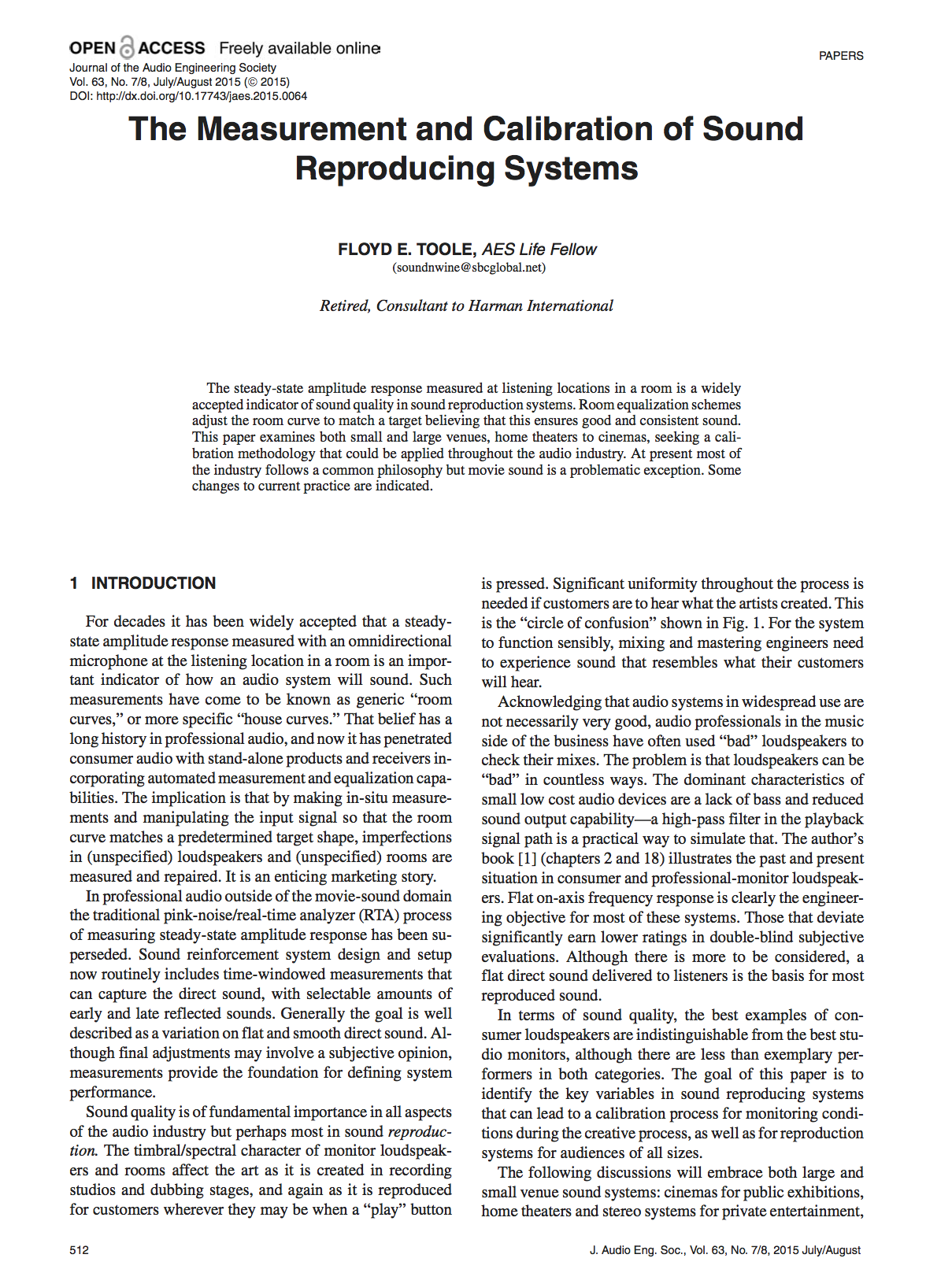- Joined
- Aug 14, 2018
- Messages
- 2,776
- Likes
- 8,162
Last nights listen was quite good. Very satisfying bass. But there was a bit too much volume somewhere about the midrange, I'm thinking the 300-500 range. I'll have another listen in a while in case it was my allergy affected hearing.
I'll sort out an mdat upload later.
It does seem like a bit of a chicken or egg scenario, but with todays technology it makes sense to buy a speaker that is known to behave properly (or at least adequately for the money). DSP crossovers in particular are "perfect" in a way, as they don't suffer from issues relating to tolerance, age, and limited component selections (like the design might call for a 92ohm resistor but you can only get 90 or 95). Also you can do any slope with DSP and it doesn't mean more electrionic components (more pairs of capacitors and resistors).
How do you know they have good directivity though? By all accounts it makes a difference to have a smooth directivity index. But yes in the days of old passive speakers it does seem a limitation of the analogue crossover circuits in having accurate transition zones and not having 1 driver running hotter than the rest, etc.
I would go ahead and do the quasi-anechoic measurement method linked before. I did it with my old Aaron ATS-5 speakers as an experiment (only did the direct measurement and the close-up measurements though). The direct result looks surprisingly smooth, with only the tweeter running a little hot in the top end. I placed the speaker so that the top of the midrange driver was roughly 1.2m from floor and ceiling, and having the speaker in the middle of my 3m wide room meant it was 1.5m from the walls, and I put the mic at the same height 1m away.
View attachment 296026 View attachment 296025
I looked up your speakers and found an article listing the crossover points. Being a 5 way design, that's a lot of components that can go wrong! Eye-balling your curve, I reckon the bass drivers are working good, the 5" is working good, and the 3" is working good in the lower half of its range. But yer, something is not right around that 5kHz crossover point. Possibly a component has gone bad, or possibly that's just the way it was? I also wonder if the super tweeter isn't working at all, because it is meant to work above 10kHz but doesn't seem to be doing anything.
View attachment 296027
Maybe go ahead and start a thread on these speakers (if you haven't already)? Those speakers make for an interesting experience. I was kind of hoping my ATS-5 were a bit wonky in the response, which would give reason to actively amp them, like this bloke did with his old Yamaha speakers: Multi-Channel, Multi-Amplifier Audio System Using Software Crossover and Multichannel-DAC
Many thanks!
RE the super tweeter: you know, I hadn't even thought of that. The crossover to the super tweeter is indeed at 10kHz, but with my concern about the 5kHz issue it didn't even register that the upper treble decline starts right around 10kHz. I think I have the super tweeter's L-pad turned down pretty far, so I'll turn it back up a bit to see if that makes any difference. I would be a bit surprised if both super tweeters were non-functional, especially since my father never pushed these speakers, playing them at modest volume. But anything is possible.
And thank you for the link to the tutorial on quasi-anechoic measurements - much appreciated! As with every diagnostic option, the size and weight of these speakers makes everything more difficult - they are way too big and heavy for me to take outside or to raise up on a platform. However, in my case I'm really just looking for quasi-anechoic results above 2.5kHz, and both speakers appear to have functionally identical response (above the Schroeder frequency). So I can probably find out what I need to find out by just "walking" one speaker to the middle of the room and taking a quick on-axis measurement with a shorter than usual gate-time, since I only need measurement resolution down to about 2kHz.
I have to say, I never, ever would have bought these speakers, and the only reason I even went through the trouble of moving them into my room is because they were my father's. My own preferences tend towards simplicity and elegance of implementation, and while these guys certainly look elegant, they are the opposite of simple, and I don't think anyone would accuse their circuit design of being elegant.
Last edited:


